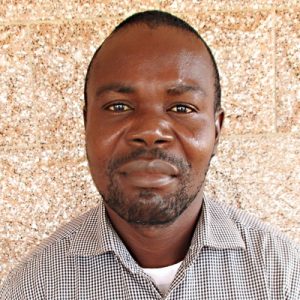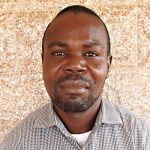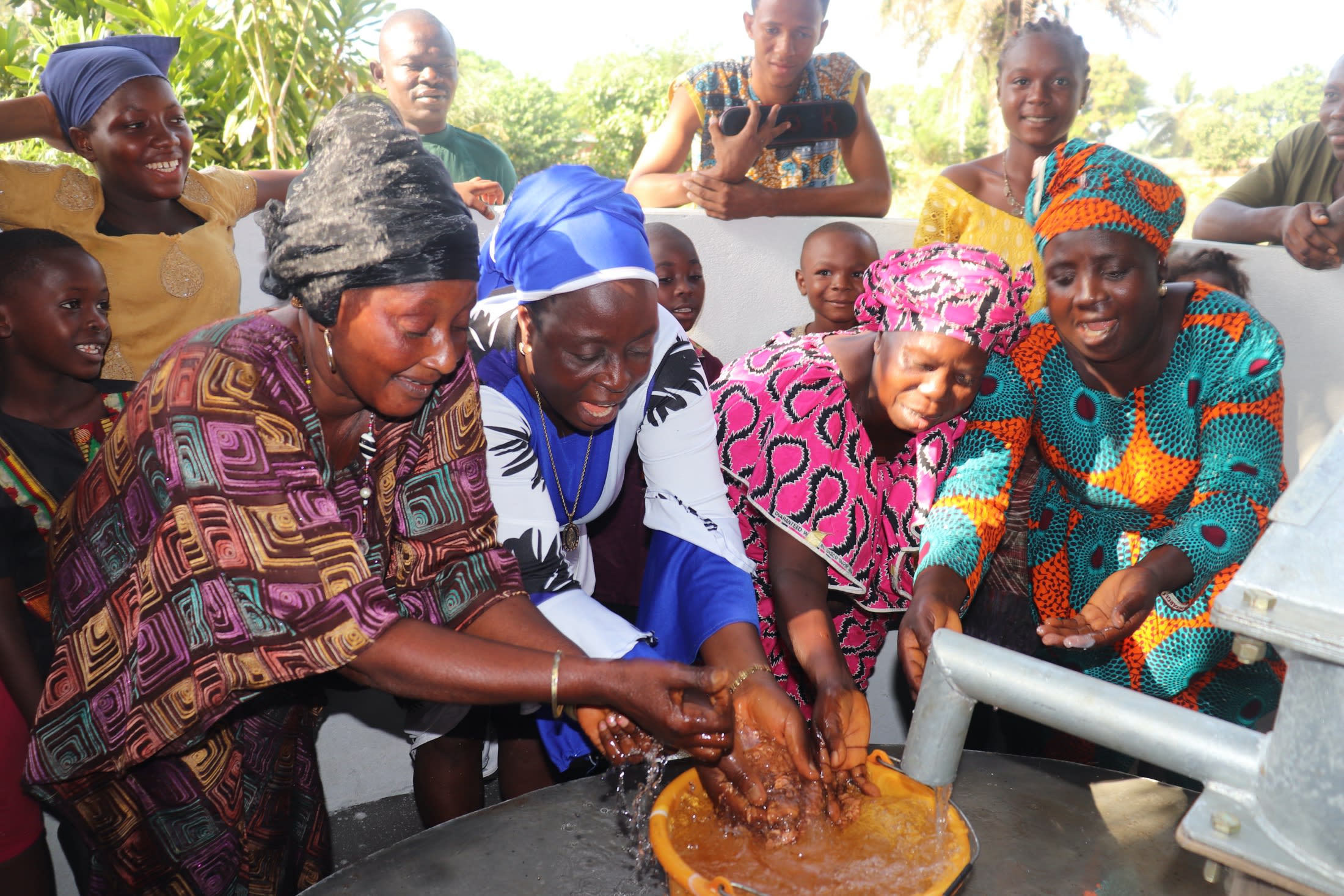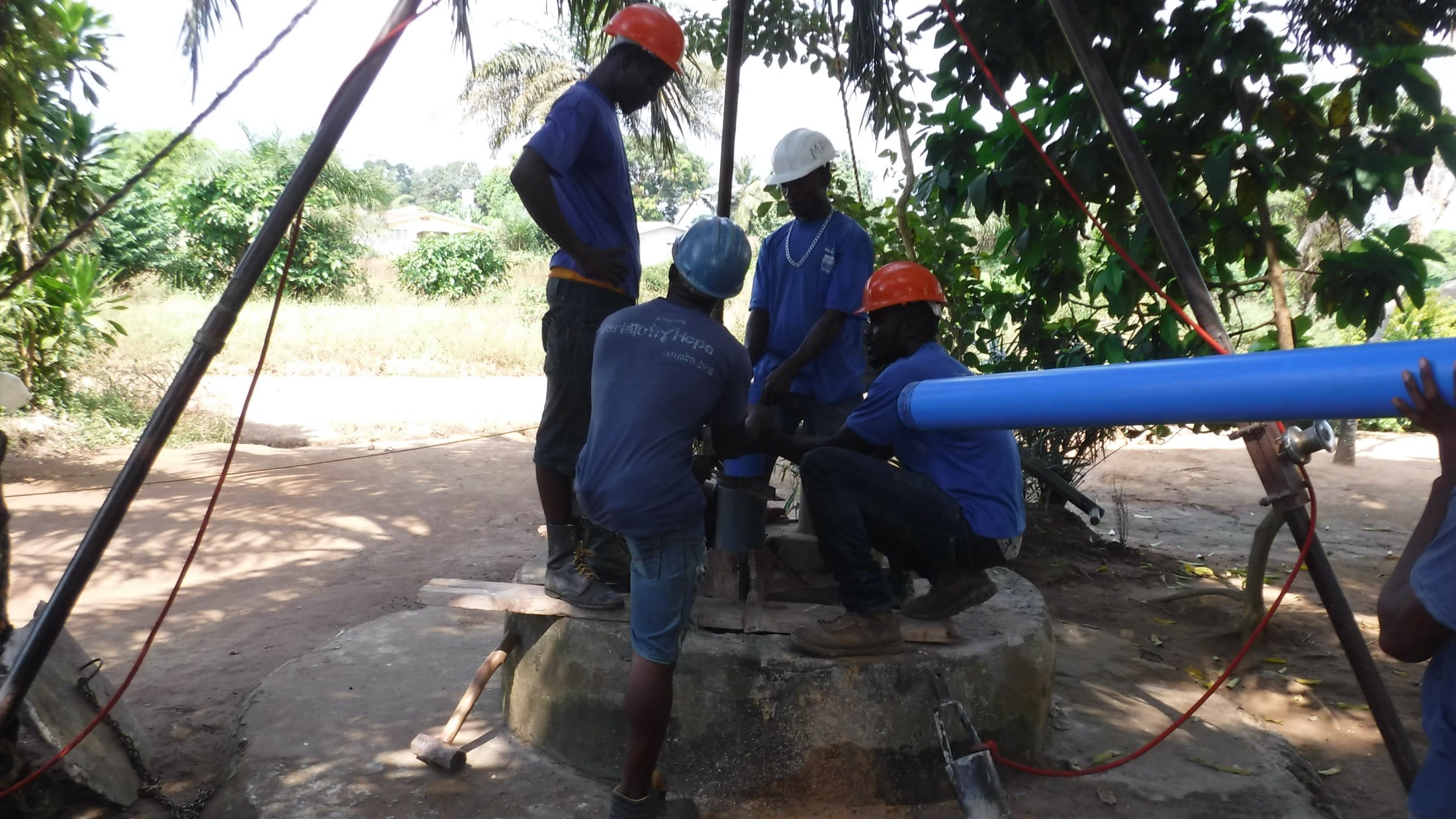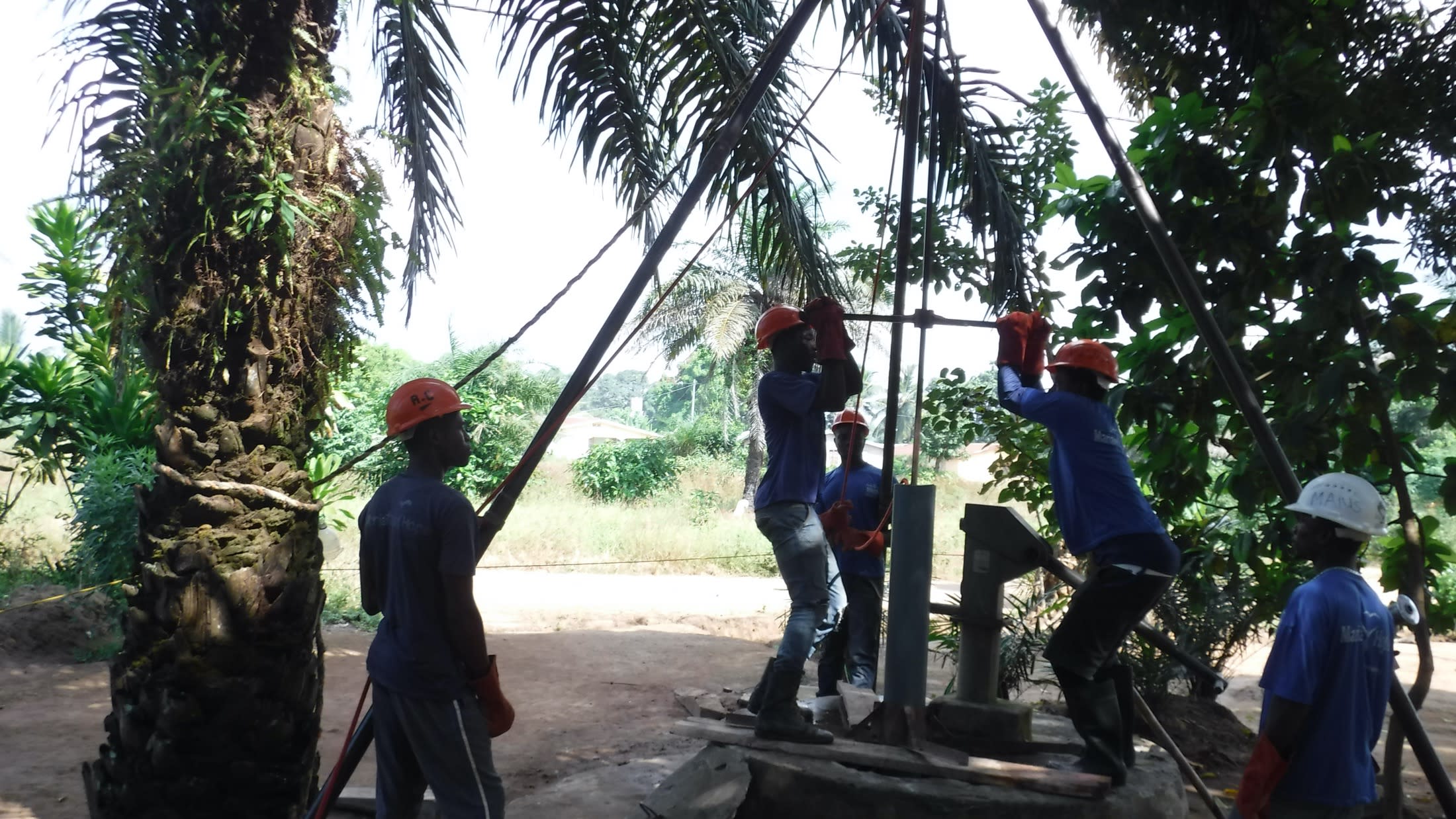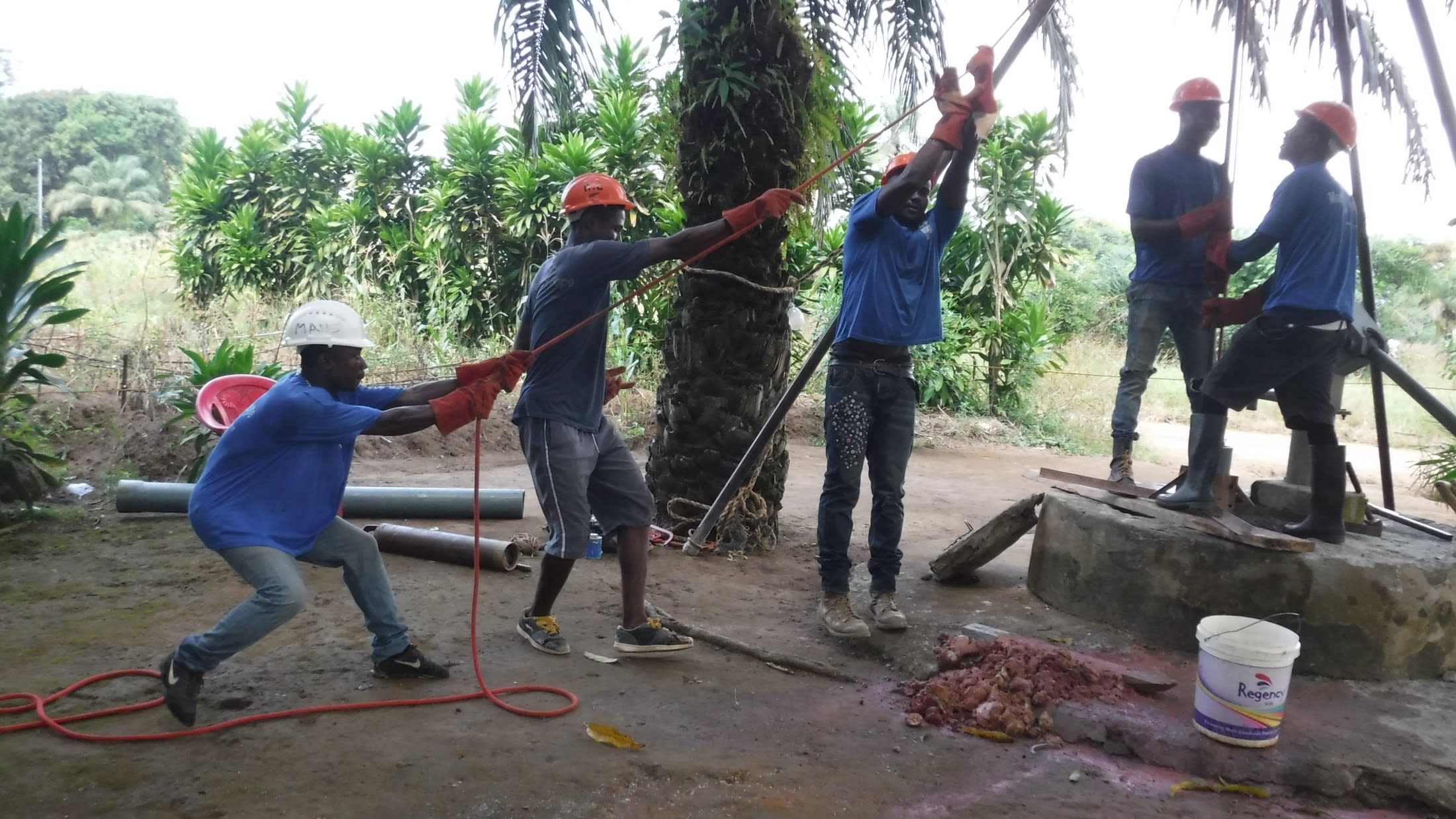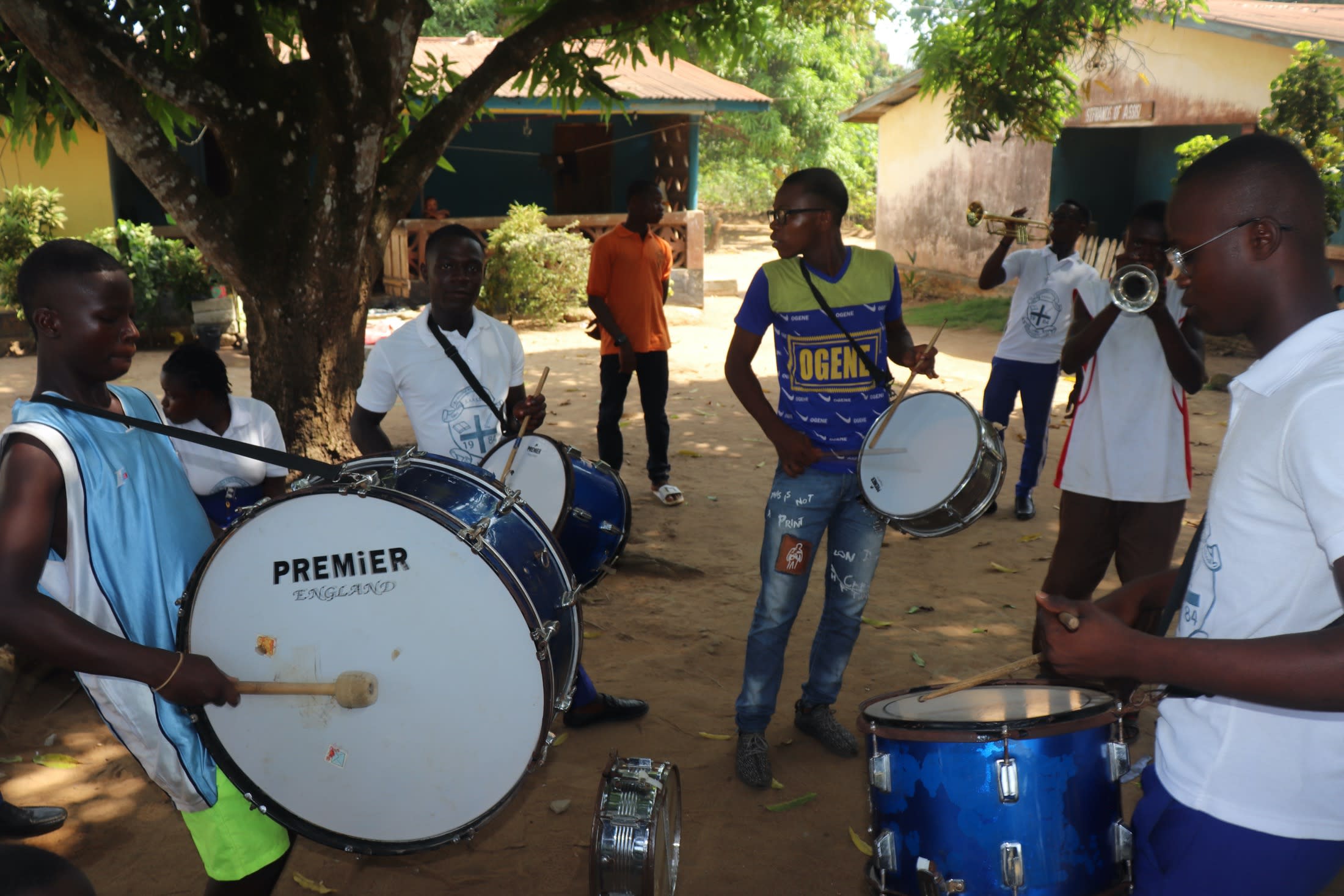Delmoody Street is in the far west of Kaffu Bullom chiefdom and the roads to this community are in 2 contrasting conditions. Half of it is tarred. The other half is rugged with lots of potholes.
This community of 350 people is located close to the army barracks. As a matter of fact, a good number of people here are relatives of military officers. However, civilians contribute about 60% of the total population living in this community.
It is a peaceful place. Most of the buildings here are constructed of some modern quality built from concrete blocks. That does not negate the fact that some buildings are made with locally produced mud blocks with cement plastering. Our teams noted that another good attribute to this community is its vegetation. It is blessed with lots of mango trees in almost every compound.
The most common job here is petty trading. This is done in different methods. Some people go to the city and buy everyday items on wholesale and come back and hawk them in the community. Most of the sale is done on credit. There are others who buy farm produce from farmers in the nearby gardens and they sell it in the nearby community markets.
One common thing is that everyone here rises early. 2 factors are responsible for this: water and work. Traders, farmers, and school kids all wake up early to fetch water so that they can get ready for the day. Since the majority of the population here is Mulsim, most people are awake ahead of the first prayers at 5:00 am.
The school children go to their respective schools and the day’s tasks are determined by their school curriculum. In general, they observe breakfast and lunchtime which are at 10:00 am and 11:30 am respectively. By 2:00, pm all kids should be heading home from school to help with water fetching and some other domestic chores. Still, some others help with street trading and gardening.
The main water source is a well located in an environment that is covered with thick mango trees. The well is located close to the street. This makes it accessible to most people. Every morning, the well caretaker will come out and clean around the well water source.
Unfortunately, the well is not reliable.
The water table for this well is largely determined by the season. Reports of high water quantity are observed in the rainy season and the reverse in the dry season. During the dry season, people must turn to other sources for water. The negative consequence of the safe water scarcity for this community is a high rate of waterborne illnesses during the dry season.
"During the dry season, we cover long distances to neighboring communities to fetch drinking water. This gives us pain," said Sia Koroma, a local petty trader who uses the well.
Packaged water is available for purchase, but not everyone can afford the daily expense. Furthermore, the water itself is not always safe for drinking.
Here’s what we’re going to do about it:
Well Rehabilitation
The well marked for this overhaul needs major work to supply adequate, clean water to the community year-round. The pump will be removed, and a hand auger will be lowered inside and powered by a drill team. This hand auger will allow the team to drill several meters deeper to hit a sufficient water column that will ensure the well supplies water throughout all seasons.
As the team drills, casing will be installed, transforming the bottom of this hand-dug well into a borehole. PVC piping will connect this lower system directly to the pump, a combination that we know will also improve the quality of water.
Once this plan is implemented, everyone within the community will have access to safe drinking water in both quality and quantity, even through the dry months.
Hygiene and Sanitation Training
There will be hygiene and sanitation training sessions offered for 3 days in a row.
No handwashing stations were observed here. After our visit, the hygiene and sanitation trainer decided it would be best to teach community members how to build a tippy tap (a hands-free handwashing station built with a jerrycan, string, and sticks). They will use these tippy taps for handwashing demonstrations, and will also teach about other tools like dish racks and the importance of properly penning in animals to keep them away from people's food and water.
These trainings will also strengthen the water user committee that manages and maintains this well. They enforce proper behavior and report to us whenever they need our help solving a serious problem, like a pump breakdown.

 Borehole Well and Hand Pump
Borehole Well and Hand Pump









